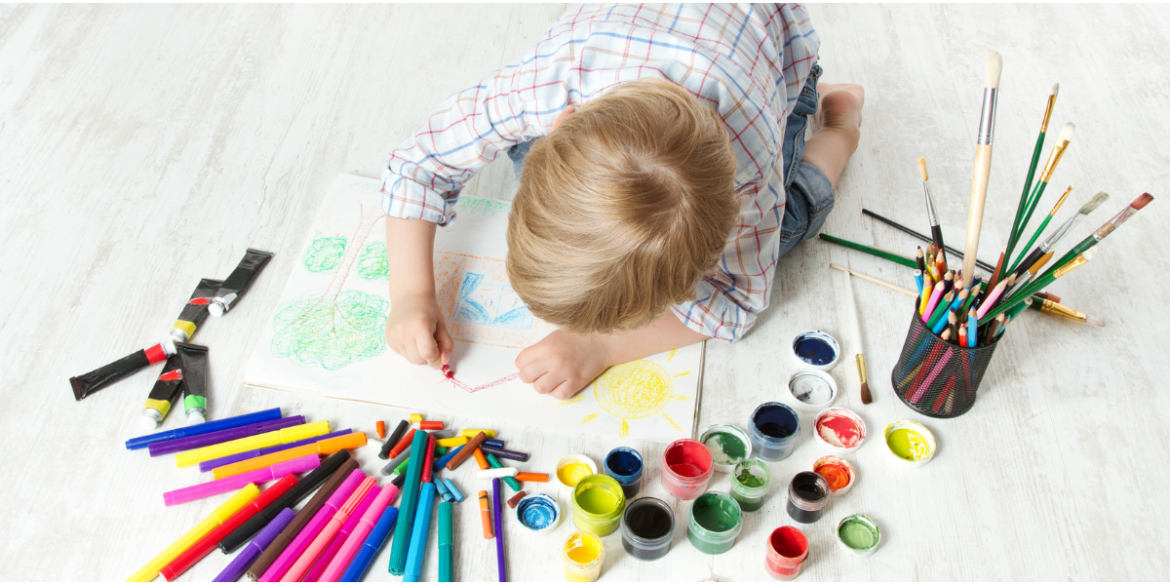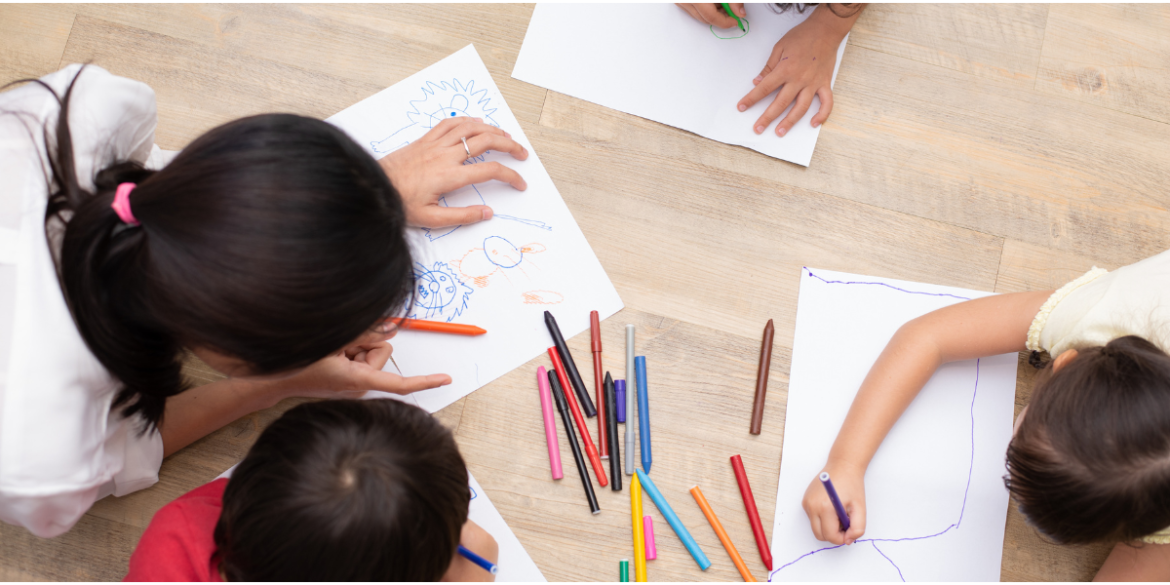Cleaning
How to get crayon off wood: Easy ways!
Are you looking for the best way to remove crayon marks from your wood furniture? Don’t worry; we’ve got the perfect solution. Today, we will show you exactly how easy it is to keep your wooden surfaces spotless with simple tips anyone can do! Keep reading for more information about supplies and easy step-by-step guidance on how to get crayon off wood.

This post contains affiliate links, and The Organizer UK may earn commissions for purchases made through the links in this post. For more details, see here. Thank you so much for your support!
How to get crayon off wood in three easy steps.

Identify the type of wood you have.
The key to removing crayon marks is identifying the type of wood you’re dealing with. Different types of wood require different removal methods, and choosing an approach that won’t damage the wood’s natural finish is important.
For instance, a soft wood like pine requires a gentler approach than harder woods like oak and mahogany.
Understanding your wood’s properties is the first step in successfully removing those irritating crayon marks. Add image
Gently scrape off any excess crayon from the wooden surface using a plastic blade.
Grab a plastic blade, like this putty knife, and gently scrape off any excess crayon that may be lingering on the surface. Be sure to use a plastic blade, as a metal one could cause scratches or damage to your wooden floor or furniture.
Blot the wooden surface dry with a clean, white cloth or paper towel.
This will ensure you don’t have a watermark on the wood when it dries.
How to get more stubborn crayon stains off wood

If you are having difficulty, these are some helpful tips to get crayon off wood by using common household items.
Rubbing alcohol
Apply a small amount of rubbing alcohol to the stain using a damp cloth. Let it sit for a few minutes before gently wiping it away with a soft, dry cloth. Voila! Your wooden surfaces should be as good as new.
Baking soda
You can use baking soda as an abrasive scrub on tougher crayon wax. Baking soda is a gentle yet effective abrasive that can help remove those stubborn crayon marks.
- To use it, mix a small amount of baking soda with a bit of warm water until you get a paste-like consistency.
- Use a soft cloth or sponge to apply the paste onto the affected area and gently scrub until the marks start to lift.
- Rinse with water, being careful not to oversoak the wood.
Please be aware that an abrasive may scratch the surface of softer woods like pine, so always test in an inconspicuous area first.
Lemon juice
Apply lemon juice to lighten any remaining crayon marks on your wooden furniture.
Simply apply a bit of lemon juice to a soft cloth and gently rub the affected area. The acidity in the lemon juice helps to break down the wax in the crayon and makes it easier to remove. Plus, the refreshing citrus scent of lemon juice is a nice bonus to have in your home. Just be sure to test a small, inconspicuous area of your furniture first to ensure the lemon juice doesn’t cause discoloration.
Vinegar
Mix a solution of equal parts vinegar and water and apply to the stained area with a soft cloth. Rub gently in a circular motion until the mark starts to fade, then wipe away any remaining residue using a damp cloth. Finally, buff the area with a dry cloth to restore the wood’s natural shine. Afterward, you can apply lemon essential oil or another furniture polish to preserve the wood and help prevent future stains.
If your crayon marks are particularly stubborn, it may be necessary to lightly sand the area and refinish it with a wood finish of your choice. In this case, make sure to sand in the direction of the grain and use fine-grit sandpaper. Apply the wood finish evenly, dry it, then buff it with a clean cloth for best results. This method is not suitable for fine, expensive, or sentimental items, as it will leave a permanent mark.
How to prevent crayon marks on wood
- Consider using a protective wax or sealant to protect your wooden surfaces against stains.
- You can also purchase special oil cloth covers like this one for items such as tabletops that are particularly vulnerable to marking from kid’s crafts.
- It’s a good idea to have your children sit at a table when they are using crayons and markers.
- It’s important to keep crayons and markers out of reach of small children, as they may be tempted to create their art on furniture or doors when left unsupervised.
- It is important to ensure that all art materials, including crayons and markers, are kept away from wooden surfaces when not used.
Final thoughts on how to remove crayon off wood
If your little one has had some fun moments with their crayon artwork on your wood furniture, let us know in the comments below – we’d love to hear from you! In the meantime, keep safe and have fun getting creative around your home.

